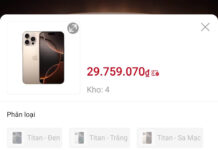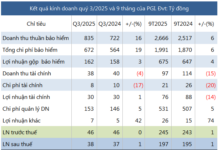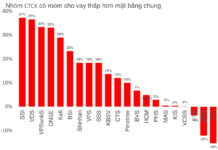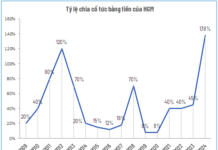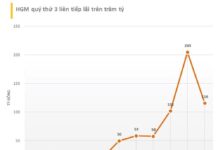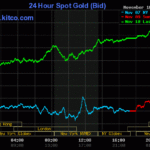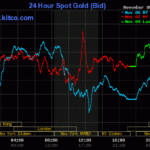It is Poland.
Poland is currently one of the world’s largest gold reserve holders.
Specifically, Poland owns over 520 tons of gold, valued at approximately €56.5 billion, ranking 13th globally in gold reserves. Gold now constitutes about 1/4 of Poland’s total foreign exchange reserves, a significantly higher proportion compared to the European average.
In recent years, Poland has actively increased its gold reserves. In 1996, the country held only 14 tons of gold, a modest amount when its economy was heavily reliant on international aid and institutions. By 2016, Poland’s gold reserves had risen to approximately 102 tons, marking a significant shift as the country deepened its integration into the European Union (EU).
In 2019, the National Bank of Poland (NBP) purchased 100 tons of gold, with a substantial portion repatriated for storage within Poland. From 2022 to 2024, following the Russia-Ukraine conflict and surging global inflation, the NBP accelerated its gold purchases, viewing it as a strategic hedge against geopolitical instability.

The NBP Governor (right) announced the bank’s strategic goal to increase gold’s share to 30% of total foreign reserves. Photo: NFP
As of May 2025, Poland holds over 509 tons of gold, surpassing even the European Central Bank (ECB) and placing it among the world’s top gold reserve holders.
In September 2025, NBP Governor Adam Glapiński announced the bank’s strategic goal to increase gold’s share to 30% of total foreign reserves, cementing gold’s role as a cornerstone of economic sovereignty.
The NBP is also planning to evenly distribute its gold reserves across three strategic locations: domestic vaults, the United Kingdom, and the United States. This move underscores Poland’s efforts to enhance asset security and liquidity amid escalating global geopolitical and financial risks.
Gold Prices Surge by Approximately 26%

Gold prices have soared, consistently setting records since the beginning of 2025. Photo: PAP/Leszek Szymański
Gold prices started the year at around $2,624 per ounce and by late October 2025 had surpassed $4,000 per ounce, marking a historic rally. Since the beginning of 2025, global gold prices have risen by approximately 26%. This reflects investors’ defensive stance amid widespread global economic uncertainty.
Experts attribute the gold price surge to a weakening U.S. dollar, low interest rate policies in major economies, and heightened geopolitical tensions in Europe and the Middle East.
Since the start of 2025, central banks worldwide have continued net gold purchases, playing a prominent role in the gold market. In Q3 2025 alone, central banks bought approximately 220 tons of gold, a nearly 30% increase from Q2 (according to World Gold Council – WGC data). Year-to-date, central banks have accumulated around 634 tons of gold, the highest level in nearly a decade.
Notably, a recent WGC survey found that 95% of central banks expect global gold reserves to continue rising over the next 12 months, with nearly half planning further gold purchases.
Unveiling the Critical Factors Influencing Gold Prices
This morning (November 8th), domestic gold prices unexpectedly held steady around the 148 million VND per tael mark. Experts reveal key factors influencing gold prices in the coming period.
World Gold Council Analyzes Key Factors Shaping Future Gold Prices
The World Gold Council does not forecast gold prices, but it highlights several factors that could influence the market in the coming period.

